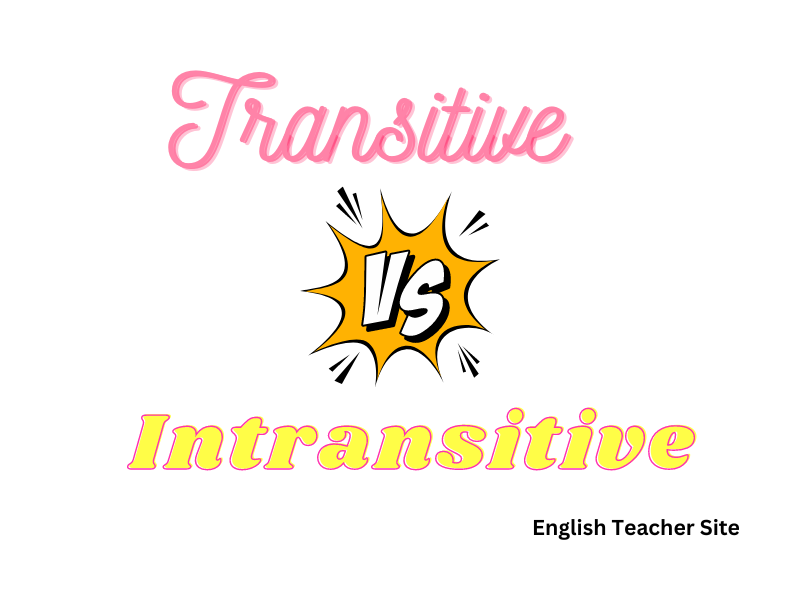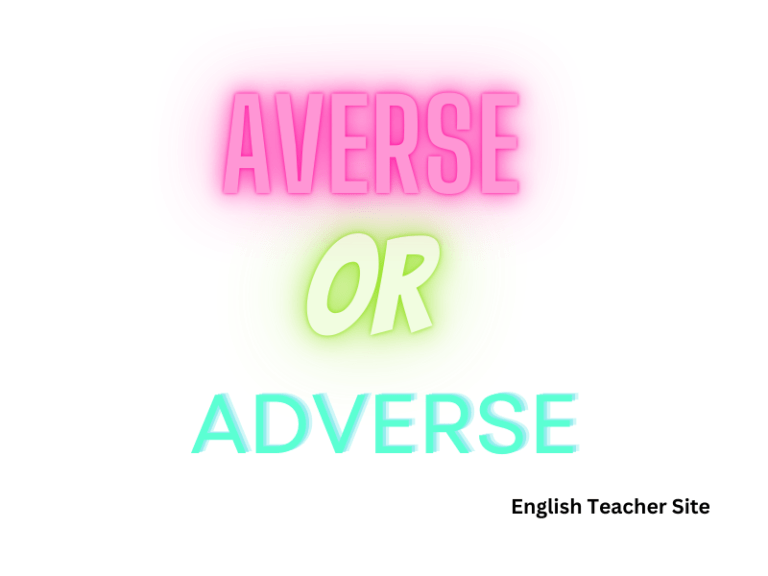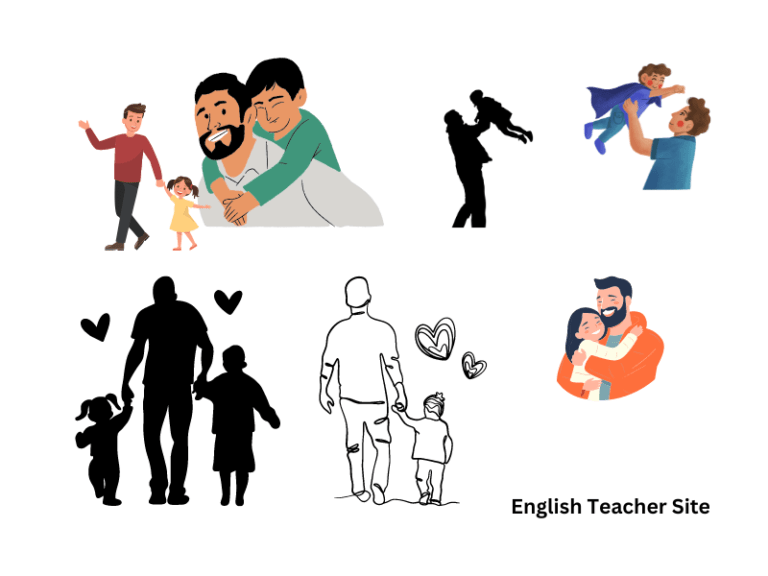What Are Verbs Transitive and Intransitive: Understanding Action Types

- Verbs are categorized based on their relationship with the object, if any.
- Transitive verbs must have a direct object, while intransitive verbs cannot.
- Recognizing verb types is critical for constructing grammatically correct sentences.
In contrast, an intransitive verb does not require, nor can it take, a direct object to complete its meaning. Its action does not extend to an object but rather is contained within the subject. When one says, “The sun rises,” the verb “rises” is intransitive because there is no direct object receiving the action.
Understanding Verbs: Definitions and Types
Verbs are the action-drivers of a sentence, indicating what is being done or a state of being. They are essential in forming a grammatically complete idea.
Defining Verbs and their Importance
Verbs represent actions or states of being in a sentence. In the dictionary, verbs are classified not only by their meaning but also by how they function grammatically in a sentence. Understanding their importance is key to mastering language and communication.
- Action: Verbs denote action (e.g., run, talk) or a state of being (e.g., exist, appear).
- Transitive Verbs: These verbs require an object to complete their meaning. The action expressed by a transitive verb passes from the doer or subject to the receiver or object of the action (e.g., “She moved the chair.”).
- Intransitive Verbs: In contrast, intransitive verbs do not require an object to express a complete action (e.g., “He sleeps.”).
- Object: The object in a sentence is the receiver of the action in cases where transitive verbs are used. It answers the questions “who?” or “what?” after the verb.
- Speech: When reviewing parts of speech, verbs are often at the core of the analysis, being a pivotal component of sentence structure.
What Are Verbs: Transitive and Intransitive
Verbs are essential components in the structure of a sentence. They can be categorized as either transitive or intransitive, depending on how they function within the sentence.
Transitive Verbs
Transitive verbs require a direct object to convey a complete thought. These verbs highlight an action done to someone or something. For instance:
- She reads a book. (The verb “reads” requires the object “book” to complete the action.)
- They moved the furniture. (“Moved” is transitive; it acts on “furniture” as the direct object.)
Intransitive Verbs
In contrast, intransitive verbs do not require a direct object to complete their meaning. The action is contained within the subject and the verb itself. Examples include:
- He laughs. (The verb “laughs” does not need an object to make sense.)
- The cat slept. (“Slept” is complete without a direct object; it is intransitive.)
Table: Verb Types and Examples
| Verb Type | Definition | Example Sentence |
|---|---|---|
| Transitive | Requires a direct object | She sold the car. |
| Intransitive | Does not take a direct object | The baby cried. |
Some verbs can act as both transitive and intransitive, depending on the context of the sentence. The clarity of a verb’s function is pivotal for grammatical precision and the conveyance of intended meaning.
Transitive Verbs
Transitive verbs are action words that require a direct object to complete their meaning. They perform the action on someone or something. For instance, send is a transitive verb because one can send something; send would be incomplete without a direct object.
Identifying a transitive verb:
To identify if a verb is transitive, one can ask “What?” or “Whom?” after the verb. If a direct answer is possible, then the verb in question is transitive.
Examples of transitive verbs:
- She baked a cake. (What did she bake? – a cake)
- They elevate the discussion. (What do they elevate? – the discussion)
Usage in a sentence:
Using a transitive verb without an object can lead to a sentence that feels incomplete because the listener or reader is left expecting further information.
| Verb | Sentence using the verb transitively |
|---|---|
| to answer | He answered the question accurately. |
| to carry | She carried the box to the storeroom. |
| to play | They played the video to the class. |
Transitive verbs and the passive voice:
A transitive verb can sometimes be used in the passive voice, where the subject is the recipient of the action rather than the doer. One can learn more about this at Grammarly.
Intransitive Verbs
Intransitive verbs are action verbs that do not require a direct object to complete their meaning. Their action is not transferred to a recipient. This means that the sentence can be complete without giving more information about whom or what the action is affecting. For example, in the sentence “She sleeps,” the verb “sleeps” is intransitive as it does not require an object to convey a complete idea.
Characteristics of Intransitive Verbs:
- Cannot be followed by a direct object.
- Do not need additional information to make sense.
- May be followed by an adverb or adverbial phrase, but never by a direct object.
Examples:
- Laugh
- Sit
- Arrive
- Go
Usage in Sentences:
- They arrived early.
- The audience laughed.
- He sits quietly in the corner.
Identifying an Intransitive Verb:
- Locate the action verb in a sentence.
- Ask “What?” or “Whom?” after the verb.
- If these questions are not applicable and the sentence still makes sense, the verb is likely intransitive.
Common Mistakes:
- Confusing intransitive verbs with transitive verbs that lack an explicit direct object. For example, “He reads” could use “books” as a direct object, but in this case, it is omitted, yet implied.
- Misidentifying linking verbs as intransitive verbs.
Exploring Transitive and Intransitive Verbs in Sentences
Verbs are at the heart of a sentence and understanding their types, specifically transitive and intransitive, is crucial for grammar mastery. The distinction lies in their requirement of an object to convey a complete thought.
Transitive Verbs and the Direct Object
Transitive verbs require a direct object to express their action fully. For example, in the sentence “She reads a book,” “reads” is a transitive verb and “a book” serves as its direct object. The direct object answers the question “what?” or “whom?” in relation to what the subject does. Here’s a breakdown of a sentence with a transitive verb:
- Subject: She
- Transitive Verb: reads
- Direct Object (noun or noun phrase): a book
To further illuminate the use of transitive verbs, consider this simple sentence structure:
| Subject | Transitive Verb | Direct Object |
|---|---|---|
| The chef | cooked | a delicious meal |
Without the direct object, the transitive verb “cooked” would leave the reader with an incomplete understanding of the sentence’s meaning.
Distinguishing Intransitive Verbs
Intransitive verbs do not require a direct object. They stand alone in the predicate without needing additional nouns or pronouns to receive the action. An example of an intransitive verb in use is in the sentence “He sleeps.” There is no object following “sleeps”; the action is complete with just the subject and verb. Intransitive verbs do not answer the question “what?” or “whom?” because there is nothing that the action is being done to.
To illustrate the difference, contrast these two sentence structures:
Transitive: The audience applauded the performers.
- Here, “performers” is the object receiving the action.
Intransitive: The audience applauded.
- The action of applauding is complete without an object.
Source
My name is Khamis Maiouf. I am the creator of the English Teacher Site, dedicated to providing valuable resources and insights for students around the world. With a passion for education and a commitment to helping students enhance their skills, I aim to make English teaching more effective and enjoyable for both educators and students.






